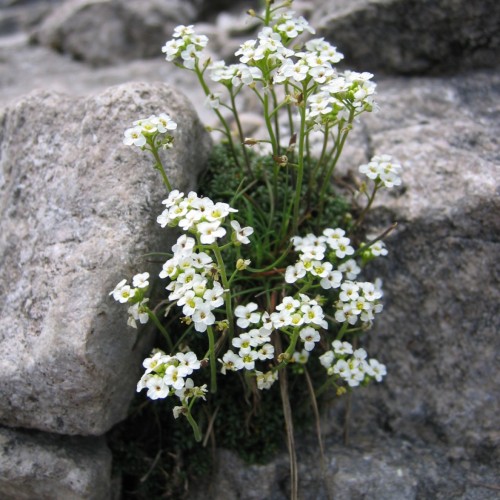
Mccalla's Braya
Braya humilis subsp. maccallae
Watering:
Average
Hardiness Zone:
Sun:
full sun,part shade
Cones:
Yes
Leaf:
Yes
Growth Rate:
Low
Drought Tolerant:
Yes
Salt Tolerant:
Yes
Thorny:
Yes
Tropical:
Yes
Care Level:
Low
watering
Low Braya plants should be watered once a week or every other week, depending on the climate. Generally, give the soil a good soaking with about 1-2 inches of water. Allow the top 2-3 inches of soil to dry out in between waterings. Over-watering can lead to wilting or root rot, so err on the side of caution. If in doubt, it’s better to hold back on the water until the plant shows signs of needing it.
sunlight
Low Braya (Braya humilis subsp. humilis) plants thrive in places with full sun to partial shade. Depending on the season, they typically need at least 6 hours of sunlight a day. Low Braya does best when it's able to experience long, bright days and slightly cooler winters. During spring and summer months, the plant should be exposed to longer days and direct sun, while in autumn and winter, it should receive less direct sunlight. It's important not to leave the Low Braya plant in full sun for too long and make sure it gets enough shade.
pruning
Pruning should be done on Low Braya (Braya humilis subsp. humilis) in the spring and early summer. Pruning should be kept light and minimal, as this species is shallow-rooted and can be easily damaged. Removing only dead or damaged branches should be undertaken, and no more than 5% of existing foliage should be removed at any given time.
